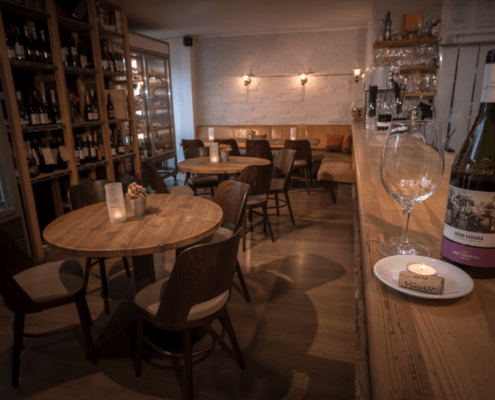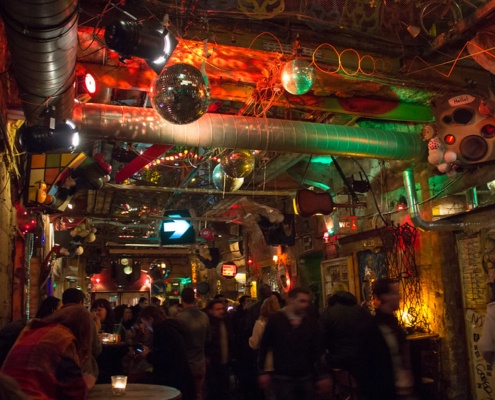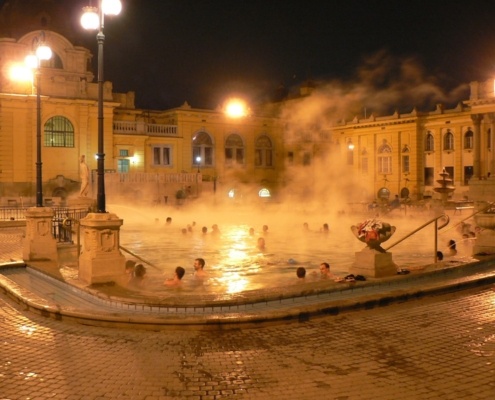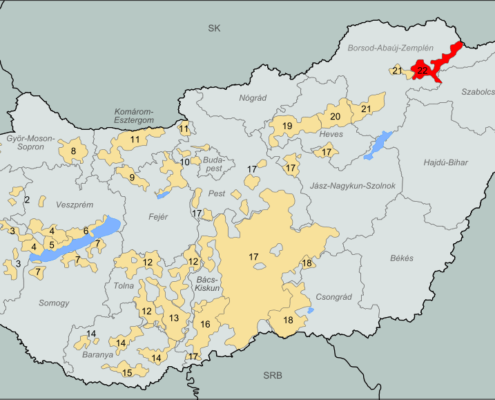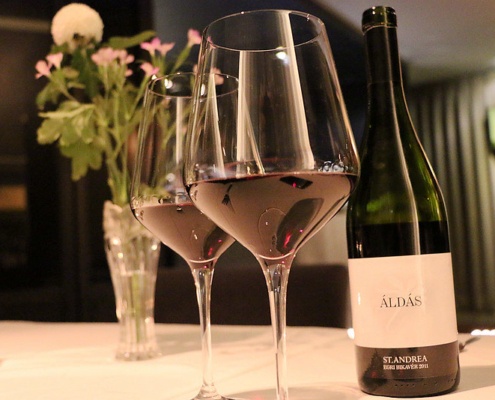Hungarian Wine Guide: From Tokaji to Other Great Indigenous Varieties
Eastern Europe is increasingly known for its exciting wines, and Hungary stands out with its diverse offerings. Among them, Tokaji wines and the country’s indigenous grape varieties hold a special place, offering unique flavors and histories that rival renowned wine regions like Bordeaux and the Rhineland. We have more than 100 grape varieties that we use for the local wines, which sometimes can cause some challenges even for seasoned wine enthusiasts. That is why we thought it could be helpful to make a little Hungarian wine guide, to help everybody find their favorite Hungarian wine.
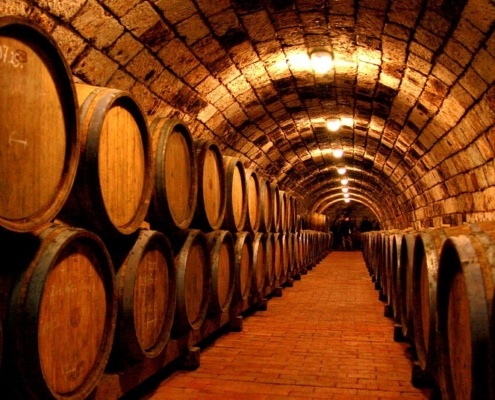
Tokaji: Hungary’s Jewel
Tokaji wine comes from a designated area in northeastern Hungary, known for its volcanic hills and picturesque landscapes. This region is not just beautiful but historically significant, comparable in importance to Bordeaux. Since Hungary’s political shift in 1989, foreign investments, particularly from French companies, have revitalized Tokaji production, enhancing its global appeal.
Flavors and Characteristics: Tokaji wines are celebrated for their well-balanced profiles, often featuring notes of apple, autumn leaves, and apricot. The wines made from indigenous grape varieties like Furmint and Hárslevelű are particularly favored. These grapes contribute to a thick texture, chewy mouthfeel, and subtle aromas of limeflower, mint, and pastry dough. Furmint, known for its higher acidity, adds a refreshing zing to these wines.
Challenges in Global Recognition
Despite their quality, Hungarian wines face challenges abroad, where names like Furmint and Hárslevelű are not widely recognized or appreciated. As a result, international varietals such as Sauvignon Blanc, Pinot Blanc, and Chardonnay dominate supermarket shelves worldwide.
Irsai Oliver: One exception to this trend is Irsai Oliver, a Hungarian crossing reminiscent of a crisp, stripped-back Gewürztraminer. Known for its musky scent and distinct character, Irsai Oliver has managed to carve out a niche for itself in the international wine scene.

Hungarian Reds: Beyond the Bull’s Blood
Hungarian red wines, often associated with the robust image of “Bull’s Blood” (Egri Bikavér), tend to surprise with their relatively light and slender profiles. Kékfrankos: Also known as Blaufränkisch in Austria, Kékfrankos produces elegant red wines with flavors of dark berries, spices, and a distinct earthy character. However, it’s worth noting that neighboring countries like Bulgaria often offer better value in this category.

Tips for Enjoying Hungarian Wine in Budapest
- Wine Bars vs. Wine Cellars: While wine bars offer convenience and a lively atmosphere, wine cellars provide a more intimate and authentic setting for wine enthusiasts. If you want to hang out with some local wine enthusiasts next to Gellért Hill, we would recommend visiting the Palack Wine Bar.
- Wine Pairing Dinners: Look out for restaurants in Budapest that offer wine-pairing menus, where local wines are expertly matched with gourmet dishes for a memorable culinary experience.
- Buying Hungarian Wine: Consider purchasing bottles of Hungarian wine to take home as souvenirs. Many wine shops in Budapest offer a curated selection of local wines, allowing you to explore more varieties beyond what’s available in restaurants and bars. If you are looking for a wine-tasting and wine shop run by local wine professionals, check out Taste Hungary’s Wine shop.
- Wine Tours: If you have a full day in Budapest to dive into our wine culture, the best way is to see the Hungarian countryside while you are trying the best local wines right from the source and learn from passionate winemakers. The scenic landscapes, charming villages, and authentic local cuisine enhance the experience, making it a feast for the senses. Whether you’re a seasoned oenophile or a curious novice, a Hungarian wine tour promises enriching discoveries and unforgettable memories. We recommend the Around Budapest’s Wine Tours.
Exploring Hungarian wine in Budapest is not just about tasting great wines, but also about delving into the country’s rich winemaking heritage and vibrant wine culture. Whether you’re a wine connoisseur or a casual enthusiast, Budapest offers a plethora of experiences to indulge in the flavors and stories behind Hungarian wines. Don’t forget to join our daily Free Budapest Walking Tours for recommendations on wine bar dinners and the best places to buy high-quality Hungarian wine at the best prices. Cheers to discovering new favorites and enjoying memorable moments in the heart of Hungary’s capital city!

